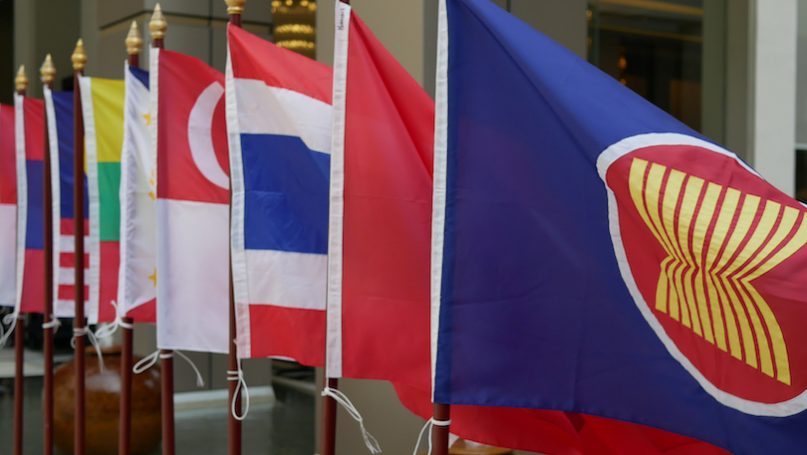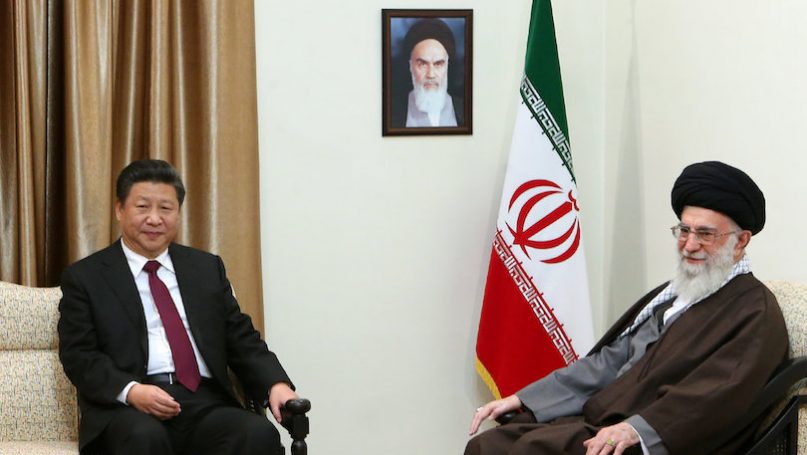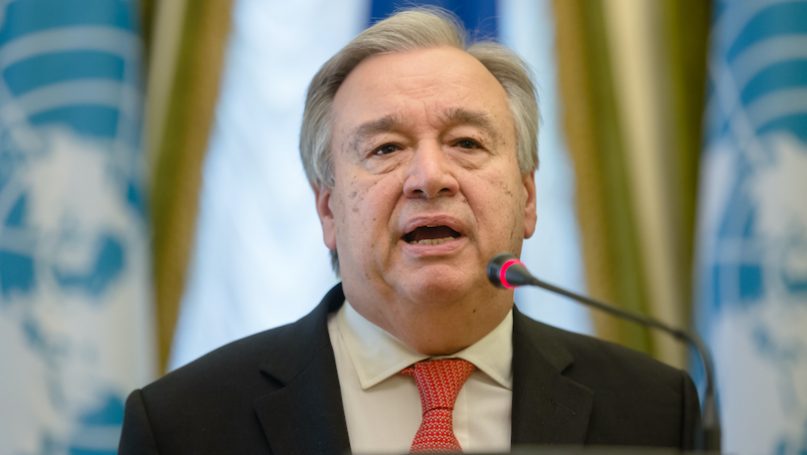RAJESH BANSAL
The coronavirus pandemic has exacerbated existing geoeconomic, geopolitical, and strategic fault lines. Albeit widespread, the coronavirus has impacted countries differently, which are differentially equipped to deal with its consequences. While developed economies can afford to prioritize surviving the pandemic and getting back to pre-pandemic living standards, emerging economies like India must treat recovery as a necessary opportunity to remedy the long-standing problems with their economies. If left untreated, these problems could precipitate into other crises and might keep India from capitalizing on opportunities that lie outside its borders.
The following text is a framing note. It is not a research paper in the conventional sense. We present Carnegie India’s view on the challenges that India faces at this critical moment in world affairs, and outline a framework for India to tide over the current crisis (recovery), invest in institutions and structures for the future (resilience), and thrive in the following decade in a world that is unlikely to resemble the previous ten years (adaptation).
Rajesh Bansal is a senior adviser at Carnegie India. His research focuses on financial technologies, particularly electronic payment systems, electronic cash transfers, and digital financial services to enable inclusive development. He leads the center’s technology and society program.












/cloudfront-us-east-1.images.arcpublishing.com/mco/L3UJM5HS7NBLJIG5US3JMNJBL4.jpg)

